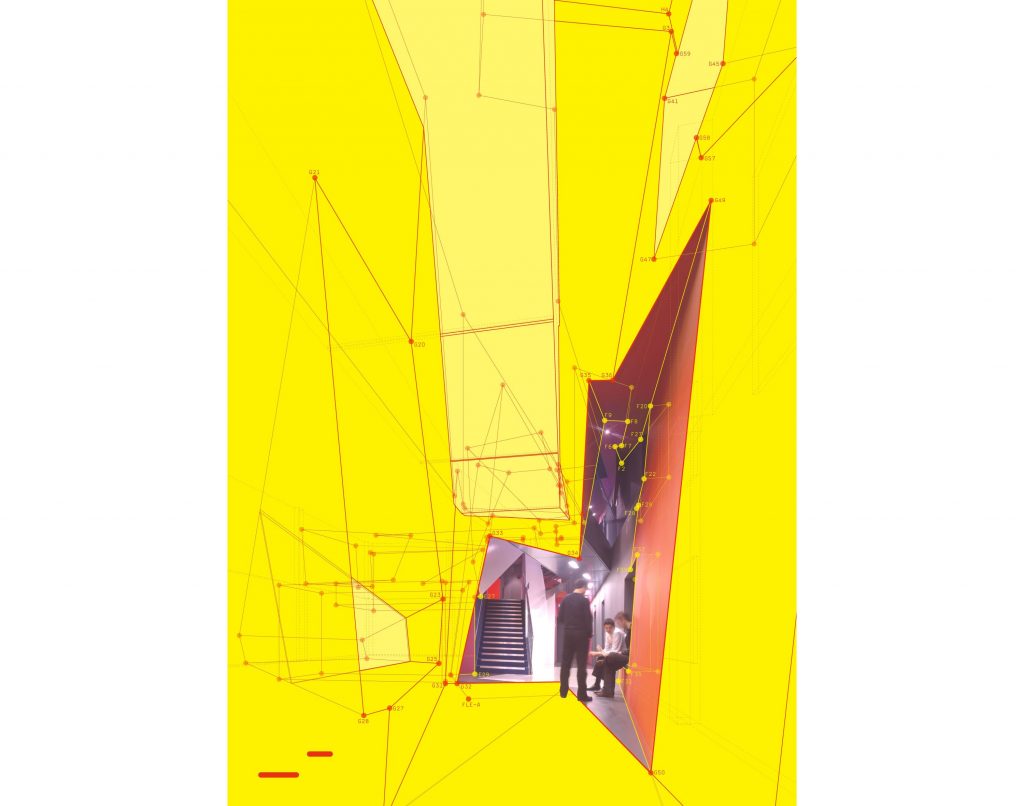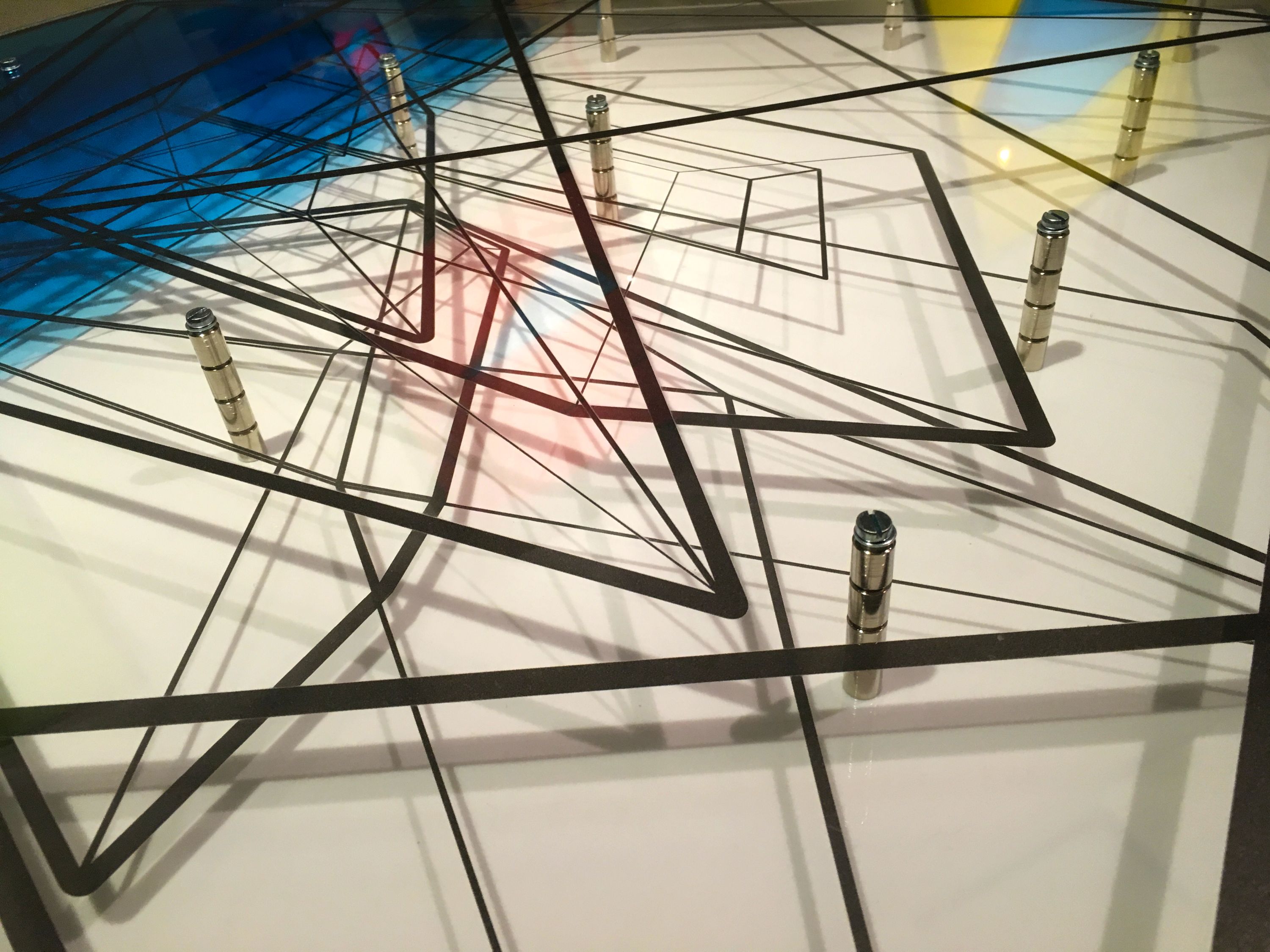Intro & Interview: Ioana Zacharias Vultur
Richard Scott is a British architect, artist and musician. He is a distinguished graduate of Bartlett (UCL) and Sci-Arc (Los Angeles) who worked at the Cornell University and teached History and Theory of Architecture at Bartlett (UCL) and AA School. Beyond the international critical recognition of the studio he founded in 1996 – Surface – prized with the Shinkenchiku-Sha Excellency Prize, the Residential Design Award Japan, RIBA and Sign Design Society Grand Prix Award (2013), Richard Scott is an architect of trans disciplinary perspective and mission. He exhibited for Royal Academy Summershow in 2012, 2014 and 2015, and the EUMake Process Exhibition of European Designers in Shanghai, that will soon be followed by personal exhibitions in London, Bucharest and Bermuda Islands. His ways of expression go beyond the conventional, by means of music, art and site-specific understanding.

The TILT exhibition is a meta-exhibition about Bucharest and the Galateca Gallery, where artworks explore Bucharest and deconstruct concepts through a six week journey in the city and the musical “lens“ of Steve Reich. With music forming a lasting thread through Richard’s work across art and architecture, the two time-based works “Tilt Music I & II“ are part of an on-going collaboration with virtuoso saxophonist and composer John Harle.
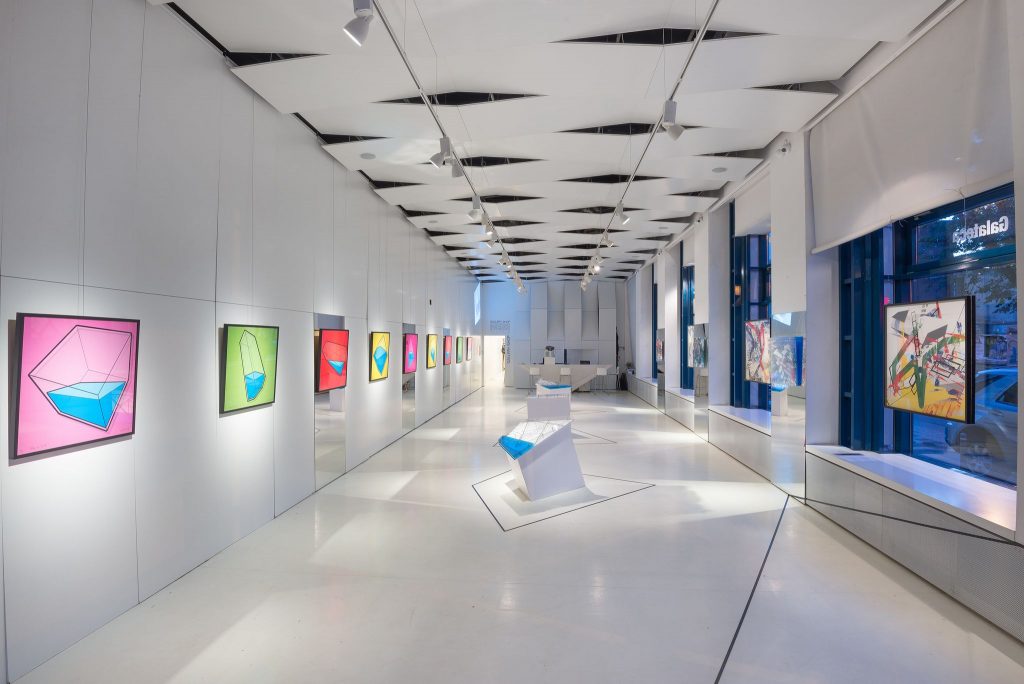
I took him an interview at the opening evening of the TILT Exhibition at Galateca Gallery in Bucharest, on the 6th of May 2016, following a short lecture that he gave. In this interview he shared the roots of his artistic process of creation and the experience of “professional freedom“ for an architect. The references in his artwork are very complex, ranging from philosophy and literature to musical notation, his jazz player experience and architectural discourse of his Postmodern mentors. All these layers are deeply intersected all along the process of creation and the actual exhibition moments. One can “read“ Richard Scott’s artwork pieces in a minimalist soundscape, the same that generated and accompanied their creation.
This ecstatic process of creation will be continued by an international itinerary exhibition about Bucharest, which Richard Scott prepares together with renowned artists.
I.Z.V.: First of all, it is great to have your exhibition here, @ Galateca Gallery, and while the opening is ongoing, allow me to ask you to comment three keywords: tilt, hull – watercraft, watertight body) , Hull city (Richard`s hometown) . How did they shape your perceptions as architect?
R.S.: Yes, I have a very significant reference to Hull in my story, but in my work as well. In a way I had my biggest opportunities in Hull, opportunities that were completely outside the “architect tag“ and in some ways I`ve been using them in expanding my freedom. I`ve been talking about “professional freedom“ tonight and when working in Hull – you now there’s a sort of “homeboy done well“ and so I was asked to go back in the city in a different way – based on the fact that I was brought up in a fairly deprived city. When it [Hull] lost its fishing industry in the early `70s it became really struggling – postindustrial city: a classic city with empty ports…And so, as a child – I was born in the late `60s – I generally thought that Hull was a place that one would leave to go and be educated, to go and experience the world and to “make my fortune“. So, I did what a lot of people do, I went to London, where I kind of lived in a “Hull enclave“ and within that enclave, I realized how passionate I was about the city [Hull]. We all take “that place“ with us and particularly, as a child and as a professional, I was attached to the Fruit market, a place right in the center, “the link“ between the two parts of the city – separated by the river Hull and the river Humber – that are culturally different and always had reasons to fight over (like rugby and fishing). So, as a “cultural commentator“ of Hull for about five years, we were “building bridges“ between East and West. The Fruit market is now the cultural generator for the city, as Hull is the 2017 U.K. City of Culture.
Also … I actually do some music in Hull, for the City of Culture. I was in a band in Hull and we are reforming the band for next year. I played the guitar. The band plays swing jazz. When I was between 18 and 23 we were quite successful, we played at the Montreal Jazz Festival in 1987 – so we put Hull on the map on those days…And, one of the things I`ve been “throwing away“ tonight was where the musical notations sits within, the relation between the notation of music and music and the relation between drawing and architecture. There is a displacement between the two.
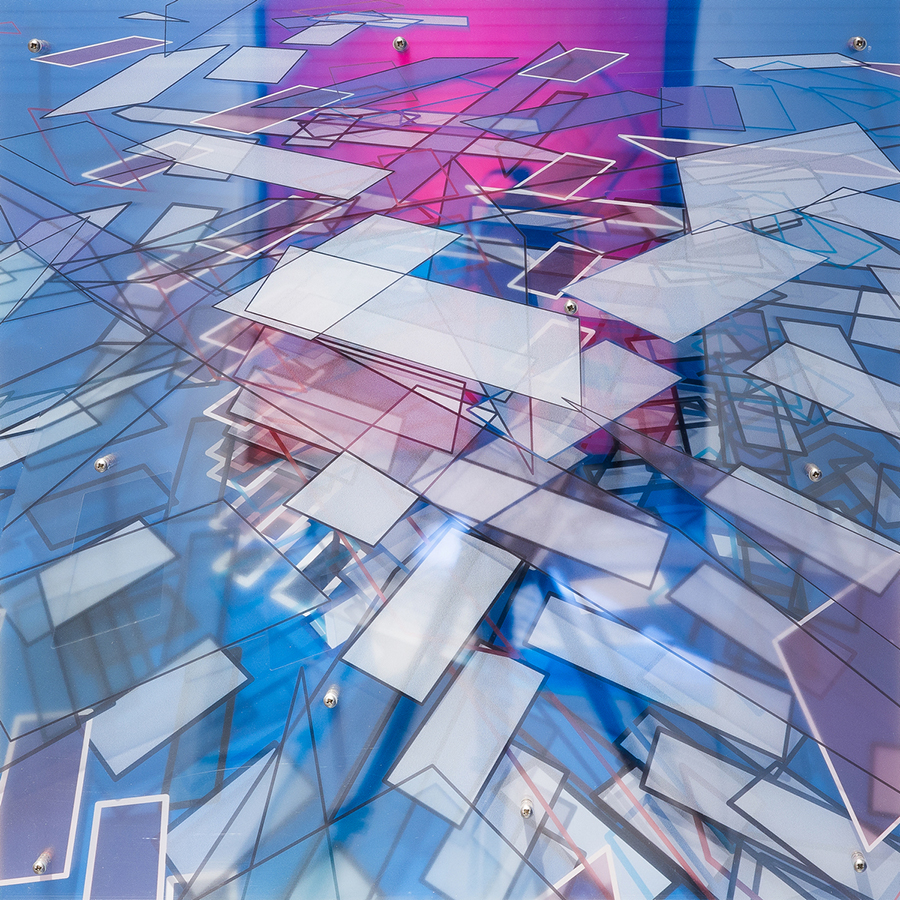
I.Z.V.: This link between the notation of music and music resembles the experiment of “extruding Bach`s fugue“ by Henrik Neugeboren in 1928. The harmony and perfection of Bach`s music would “ensure“ the harmony and perfection of its extruded architecture.
R.S.: Absolutely! That`s all within the Classical tradition, within the Greek and Roman tradition. And you always go to Bach, because it’s the root. I have seen many experiments, but they all go via this and they are slightly missing the point …as in the case of La Villette project by Bernard Tschumi, where the follies are a sort of translation of a musical notation and each of these follies is a collage of musical notations … for me, that`s meaningless, because that`s nothing to do with music, its everything to do with notation.
I.Z.V.: Yes, you were mentioning in your speech tonight about the electric counterpoint“ of the American minimalist composer Steve Reich…I immediately thought of Erik Satie`s study of counterpoint and his red musical notations.
R.S.: Yes, and Steve Reich is very much referencing Satie in his music! So there`s a lot of Satie in John Cage and in Steve Reich`s music! Couse there is so much space in Satie`s music, isn`t there? It`s incredibly modern!
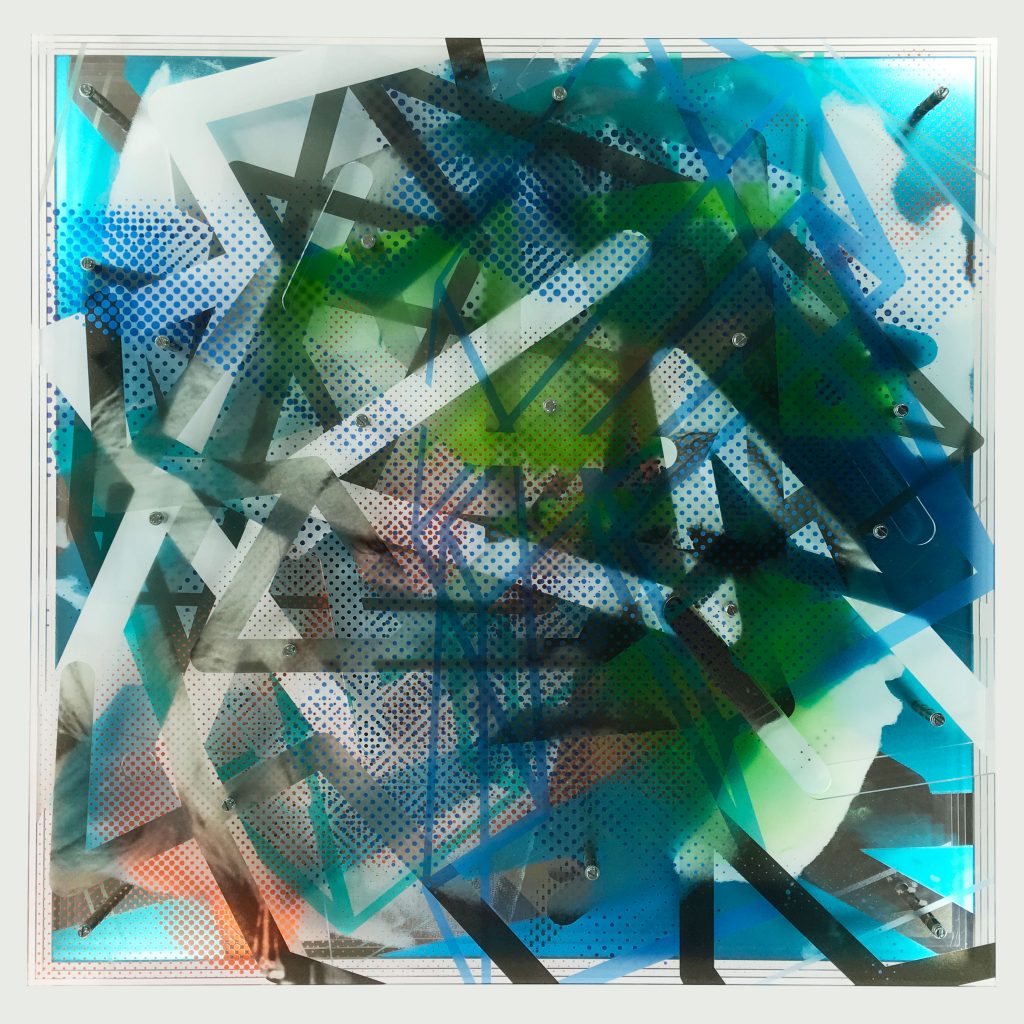
I.Z.V.: What are from your perspective the challenges of an unconventional art & architecture discourse when coming from an academic background? Tell us more on this process and on what drives you to deconstruct conventional concepts.
R.S.: I`m born out of the Postmodern tradition. I was educated in London in the age of Deconstruction. So, it`s the effect of Daniel Libeskind, very very early Zaha Hadid and Bernard Tschumi. Zaha would say that she was looking just as much at Malevich, as she was at other architects. The Constructivists were her foundation for everything. She was very clear about that. As an undergraduate you are taking a Modernist education. In London, maybe in your third year you start to get into the Postmodern philosophy. But, at a postgraduate level it was no sense of constraint disciplinarily. I graduated at Bartlett. My tutor was Peter Cook so I was probably influenced of his concepts about plurality. At the age of 24-25 I was with Peter, with my diploma, and because he has the biggest address book in the architectural world, I said to him – I wanna study in the States next year – and he says – I will make that happen for you on one condition: that you either go to Columbia, Copper Union or SciArc. So, I went to SciArc for a year. That afternoon he called Michael Rotondi from Morphosis. So I got to enter the world of Morphosis, Frank Gehry and the entire cultural world…and it was amazing! This is how Steve Reich`s music got to my work.
I.Z.V.: Do you listen to his music when you work?
R.S.: All the time! It`s the music that I would work more hours on than on anything else. Because it just travels, it just progresses and I want my work to progress…
I.Z.V.: And to have many layers…
R.S.: Yes. If you look at the repetition and difference in here [a model on the exhibition], they are carefully balanced. The water has always the same tilt.
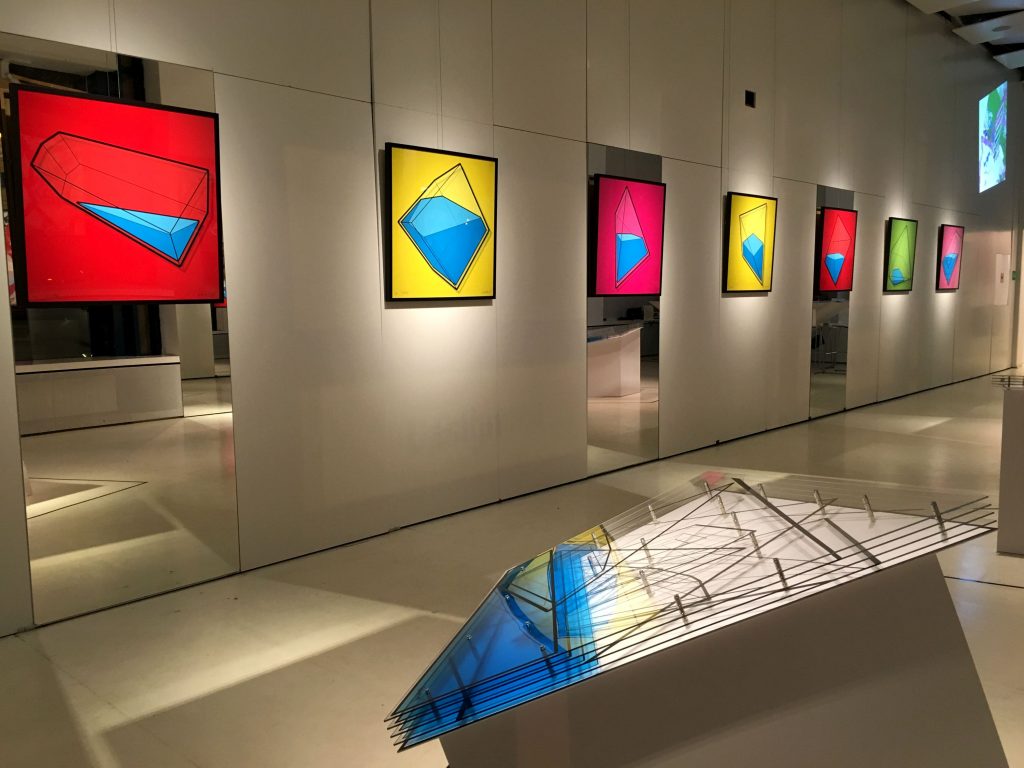
I.Z.V.: So, its water?
R.S.: [Laugh] No, it`s an abstract liquid – an abstract blue liquid. When I was making these [the exhibited pieces] I was only listening to Steve Reich`s music, that is playing right now…
You mentioned Bach. I listened to a lot of Bach, especially the “Well-Tempered Clavier“ for me that’s a foundation. And in my youth when listening to Steve Reich`s music I was reading “Gödel, Escher, Bach“ written in the middle of the 70`s. That was kind of a bible for me, as well as “The Production of Space“ by Henry Lefebvre, and maybe – what we discussed earlier – Robert Venturi`s “Learning from Las Vegas“.
I.Z.V.: Therefore, how do you work on deconstructing conventional concepts?
R.S.: How difficult is it to work across the different grounds? It is difficult, just getting into clarity of thought to do a different concept and not thinking about the banal. I think this is where the music helps me. I think you`ve helped me to clarify that. The music allows me to slip in a slot. “How small a thought it takes to fill a whole life“, by Wittgenstein. I think this is my power from. It`s focus!
I.Z.V.: In your project you speak about the „forever unfinished city” – a play with urban scale through artwork. Do you see the city as „never completely resembling its heavenly counterpart”, a non-finito sculpture?
R.S.: There`s always a gap between the image and the lived reality, like in the Roman city. This apriori structure: Hull is, London is, Bucharest is…
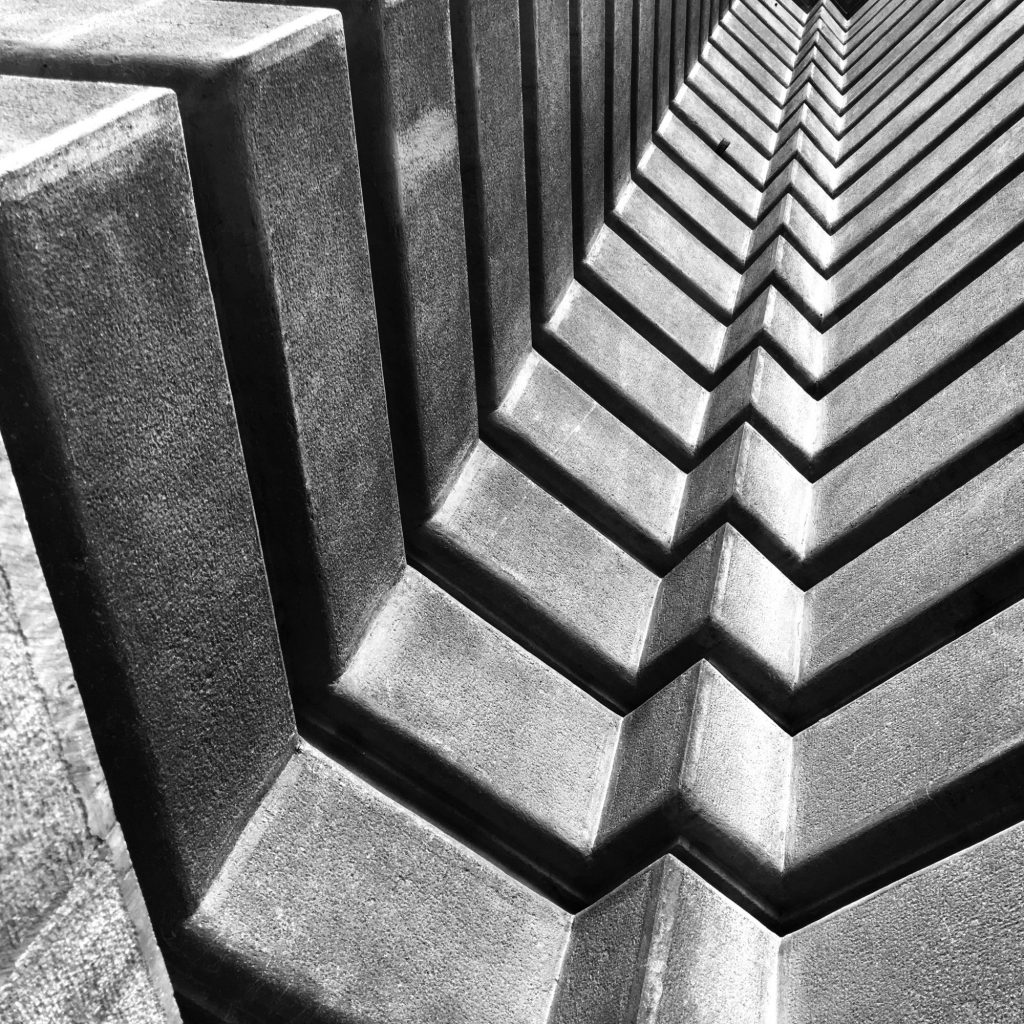
I.Z.V.: Very interesting what you said about Bucharest. What is Bucharest like from this point of view? Give us a TILT perspective.
R.S.: The idea of doing an exhibition about Bucharest felt at first dangerous. Also the idea of an itinerary platform exhibition around Europe about Bucharest…I`ve experienced the fragments of Bucharest in the six weeks since I came here and I still cannot make sense of the whole image. There`s “complexity and contradiction“ in any contemporary city, but the range of experiences here is different. And maybe what it is a plurality of different manifestations in a continuum of change, and they are all poured into the city, like in a casserole. Therefore, there are continuities and discontinuities.
The differences between those stages seem more marked here.
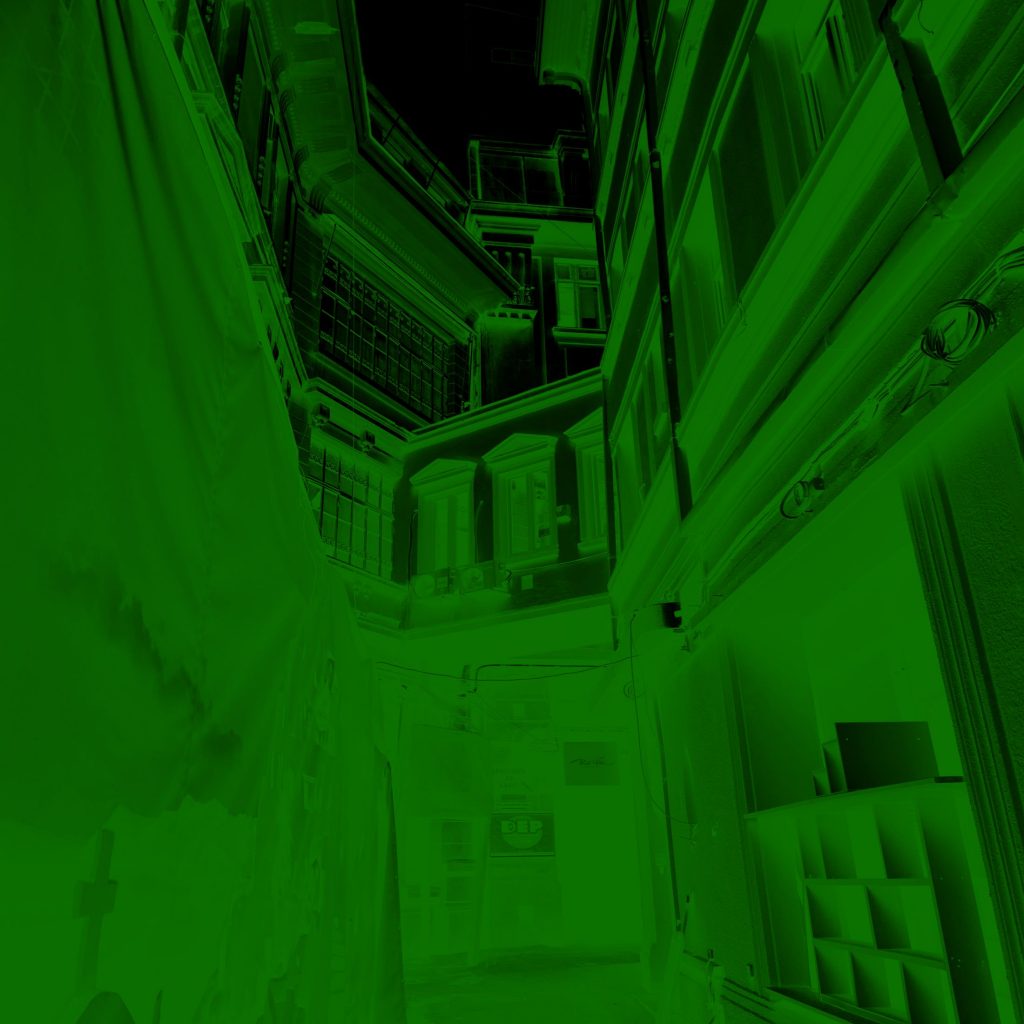
I.Z.V.: A patchwork of sequences.
R.S.: Yes, that`s exactly the discussion I wanted to have about Bucharest. It`s a little bit Deleuzian, isn`t it?
I.Z.V.: In the end, what would be your „dream-project”?
R.S.: That`s the most difficult question… I am working now on a beautiful house project in England… It would be something that exemplifies what I`ve been talking about tonight. My mode of operation across different grounds… It`s interesting that six weeks in Bucharest was a timescale just really ecstatic. The immediacy of that was great! Architecture is a slow game. The dream project would be something that has the immediacy of art and the longevity of architecture. For the itinerary exhibition about Bucharest in Europe we start to link artists from Norway, England, France and here. We are laying the foundations. So we should make this project the ideal project!
